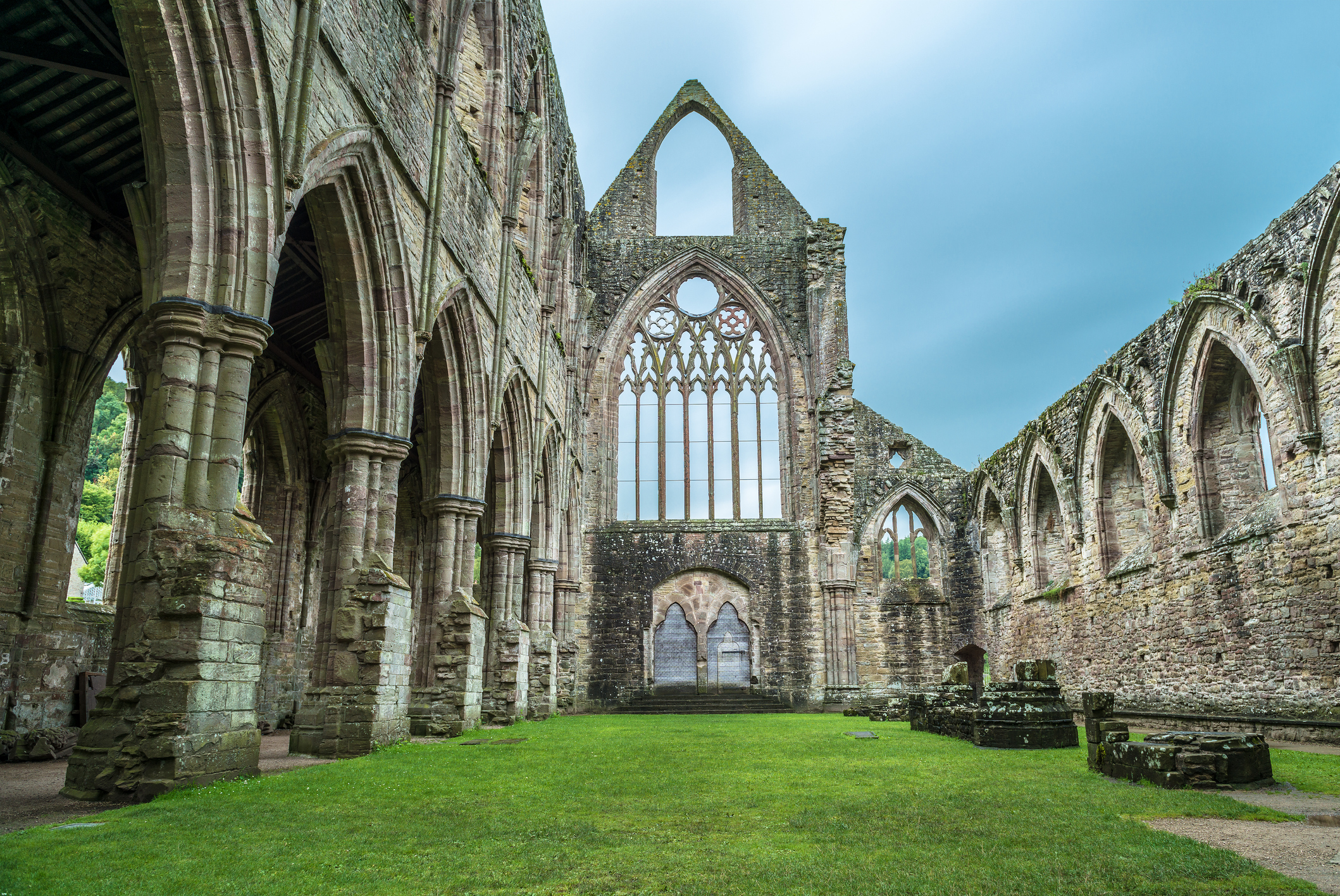There’s something eerie about old abbeys and monasteries that seems to raise goose bumps even during broad daylight. Whether it’s the ghosts of past residents that still linger or the buildings themselves have developed a spirit over time, the ruins always feel as though someone is with you – even when no one is visible.
Abbey of Lucedio, Italy

Founded in the 12th century, the Cistercian complex was a major factor in promoting the prosperity of the region. The monks helped foster the growing of rice that is still important in the Vercelli region, but dark rumors circulated that the monks tortured young villagers in the abbey. In 1457 Pope Callixtus III took over Lucedio and in 1784 the monks were transferred to another location. Visitors to Lucedio believe the abbey is actively haunted. A column within the judgement room mysteriously “cries tears” at times and a crypt under the abbey is guarded by the mummified remains of abbots, as if to keep something of great evil from ever escaping. Many of the locals avoid the abbey whenever possible and say a brief prayer for the souls still trapped within.
Tintern Abbey, Wales
 https://www.flickr.com/photos/angelganev/
https://www.flickr.com/photos/angelganev/
From the 1100s until the mid 1500s, the abbey was in use and tended to by several dozen monks. A change in religious politics brought about by King Henry VIII lead to its abandonment. This is one of the best preserved ruins in Wales, probably due to its location far from any major centres. Unlike many ruins that were dissembled and repurposed into building materials, the Cistercian abbey was left alone to slowly crumble. The remains of a church dominate the grounds but the monks’ quarters are open and can be visited. Many of the small rooms that the monks used for sleeping quarters can be seen as well as the infirmary. The church, while beautiful from a distance, has a definite presence as you walk through.
St George’s Monastery, Israel

This 4th century monastery was started by Greek Orthodox monks and is not abandoned but is creepy nonetheless. Originally the monks settled near a cave and the complex built into a cliff was completed in the 5th century. In 614 the Persians massacred the monks who dwelt here and the monastery remained nearly empty until 1901. As you visit the remote site, try not to let the idea that many feel that the Wadi Qelt where this is located is the Valley of Shadow mentioned in the 23rd psalm get to you. And don’t worry about those 14 massacred monks – their bones were recovered and put on display in the chapel.
St. Augustinian Academy, New York
Built as a school for boys and then used as a religious retreat, the old building is now known as the Monastery. Graffiti on the ground floor shows that many people visit the buildings, but those who are brave mention that the writing on the walls disappears as you go lower down. Mysterious tails of underground passages were talked about in the 80s, reached by rickety wooden stairs. Sounds of chains and footsteps would follow you when you reached the lower levels and few were able to remain for more than a few minutes. The lower levels appear to be flooded these days and any stairs have most likely rotted away, but who knows what will return if the hill ever dries out?
Sumela Monastery, Turkey

The 1600 year old monastery is built into the side of a steep cliff at Mela Mountain. Founded by Greek Orthodox monks, the building has been ruined and restored several times over the last few centuries and currently maintains its 13th century design. In 1923 the monks were forced to return to Greece and vandals partially destroyed some of the buildings. Parts of the monastery can be toured including the cave that was converted to a church. Ancient frescoes cover many walls and if you aren’t impressed with the view or the construction, the long walk uphill should convince you how alone the residents of the monastery were.
Santa Maria della Concezione dei Cappuccini, Italy
 https://www.flickr.com/photos/stationsvakt/
https://www.flickr.com/photos/stationsvakt/
What’s a brother to do if his church is being closed down and he is unwilling to leave the remains of his fellow friars? Why, bring them, of course! In 1631 Capuchin Cardinal Antonio Barberini ordered that the remains of thousands of friars be brought to the crypt at Our Lady of the Conception. Rather than rebury them, the friars used the bones of their long-dead brothers to decorate the walls and ceilings of their new resting place. Although not in ruins, the crypt is decidedly creepy – and also eerily beautiful. It is a bizarre tribute to the friars of centuries past and an artistic commentary on the smallness of the transition between life and death.


